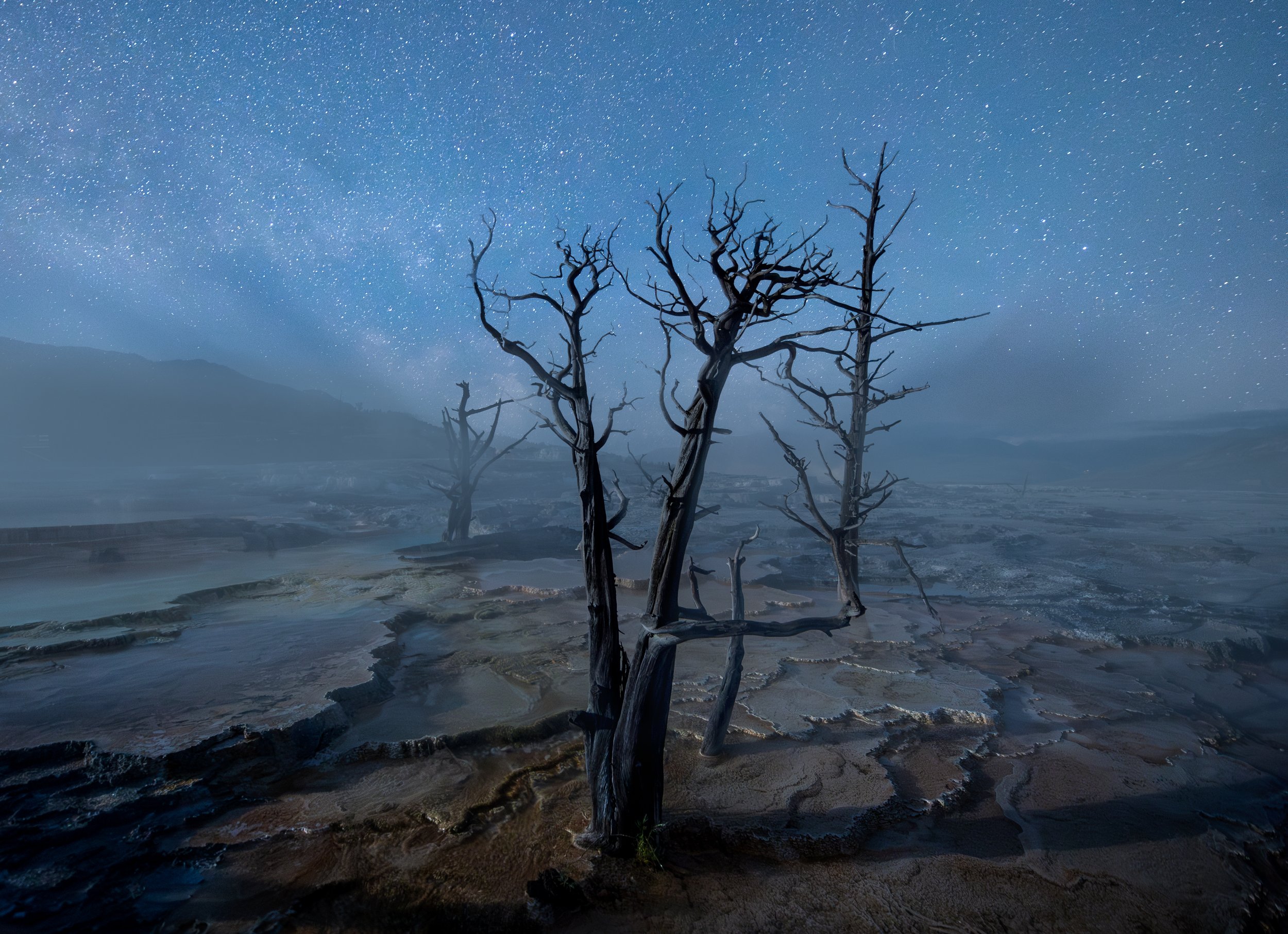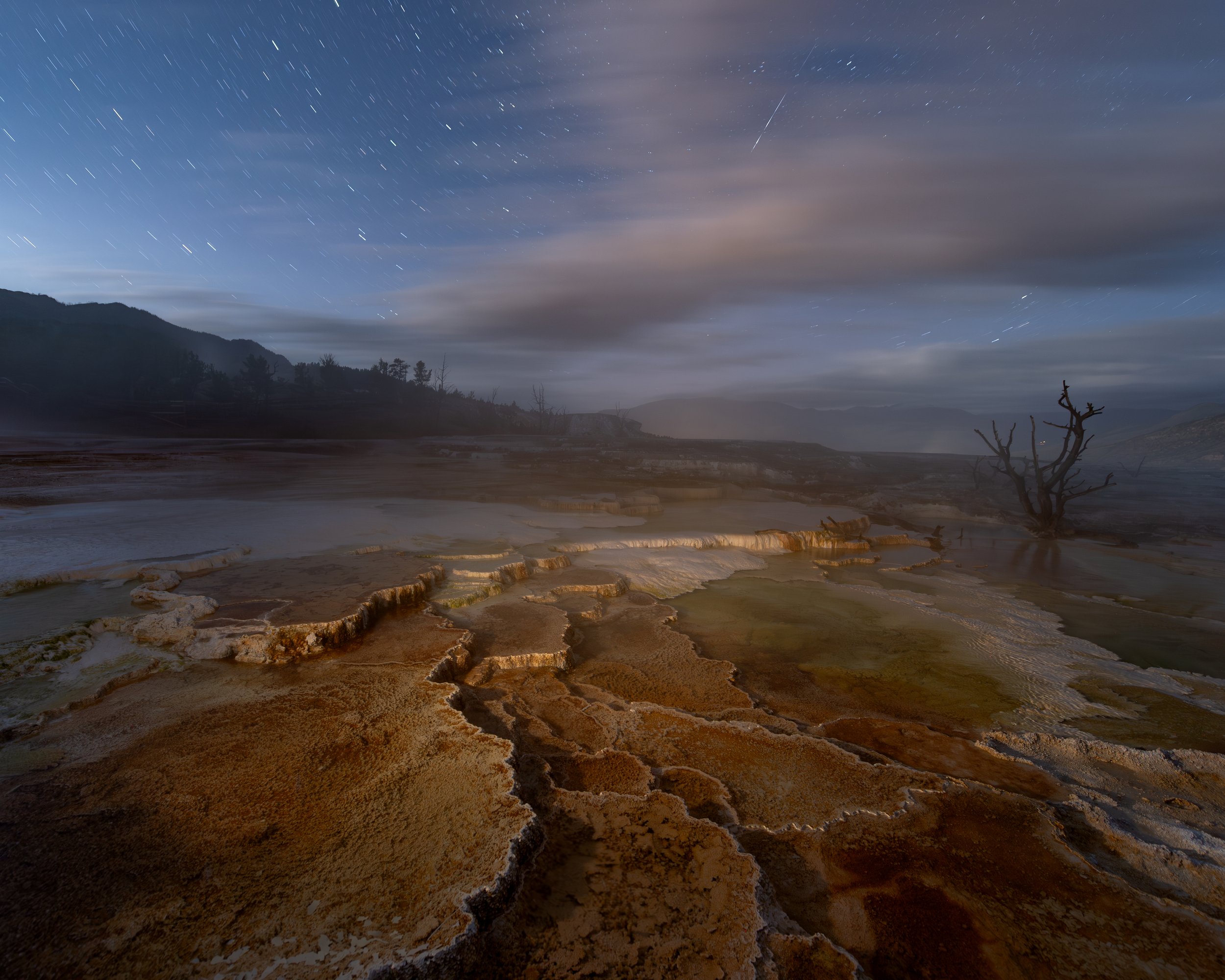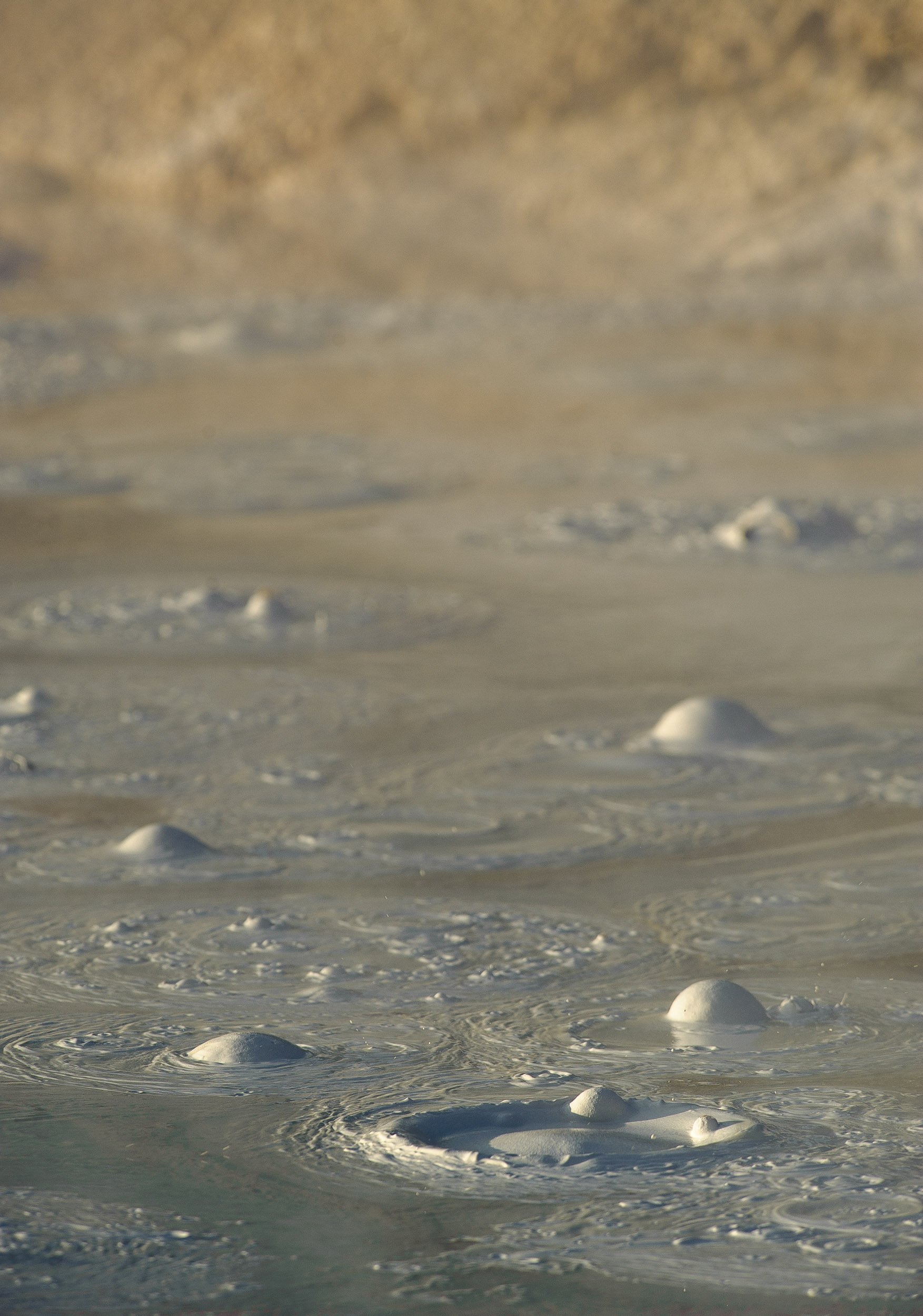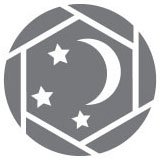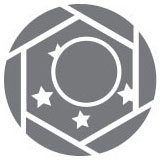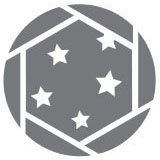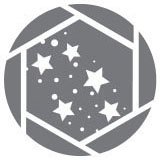Yellowstone North
Yellowstone has pretty much everything a nature photographer could want to shoot, and we're going after it all! Explore the northern half of this epic park, where mountains reach high and valleys bottom out to beautiful rivers that meander through grasslands. We'll also explore waterfalls, geysers, hot springs, vast landscapes and more, under tantalizing Wyoming night skies.
Workshop Details
September 2-7, 2024 — Completed
This is a 6-night, 6-day workshop. Your adventure begins on the morning of Monday, September 2, and ends after a night shoot on Saturday, September 7.
$2,749. Register below.
Skill level
All Levels. Open to all who have an understanding of the basic principles of photography and of their cameras.
Group size
13, with 2 instructors — 7:1 ratio
NPS website
Our workshop mission is to explore every U.S. national park. As with all our Passport Series locations, it may be years (if ever) before we return to any specific park. If you have a dream of making epic long exposures at night in the north region of Yellowstone, we hope you join us.
Workshop Leaders
Registration
This event has passed. Thanks for your interest!
| • Deposit of $600 is required to reserve your spot at the workshop. |
| • Balance of $2,149 is due on June 4, 2024. → Pay balance here. |
| • You may choose the “Pay in Full” ticket if you desire to pay all at once. |
| • Last day for a cancellation request is June 3, 2024. (see cancellation and refund policy) |
| • The workshop fee does not include lodging, food, airfare, entrance fees, or transportation to or during the workshop. |
The Yellowstone North Experience
This workshop is a 6-night, 6-day trip into the heart of Yellowstone. We’ll be exploring a geyser basin, Hayden Valley, the mountains and more. as well as the famous Yellowstone Falls and the geological marvel of the Grand Canyon of the Yellowstone.
Each area of the park will provide remarkably different nightscapes/landscapes and shooting challenges. We’ll light paint the steam from fumaroles, capture the Milky Way as it sets in the early evening sky, and witness the golden glow of canyons and flats under the soft light from a crescent moon.
Wallace Stegner, historian and writer, called national parks, “The best idea we ever had. Absolutely American, absolutely democratic, they reflect us at our best rather than our worst.”
We here at National Parks at Night agree. Here in the word’s first national park, we are excited to share our love of the spirit of this greatest idea alongside our love of night photography. For The Benefit And Enjoyment Of The People.
What You Should Know
Night photography experience is helpful, but not necessary. Participants must have at least basic photo skills, know their cameras well, and be comfortable shooting raw in manual mode with a DSLR or high-end mirrorless camera.
If you would like to attend this workshop but are unsure whether you have adequate night photography skills, we can offer pre-workshop tutoring to get you ready for your adventure with us. Alternatively or additionally, a few of us have written books that may be productive pre-workshop reads.
What You Will Learn
This workshop will have both field and classroom instruction, as well as a couple of daytrips.
TOPICS COVERED WILL INCLUDE:
light painting
blue hour and black hour blends
star points and star trails
wildlife photography
and more …
Night Conditions
Logistics & General Info
Travel
You are responsible for arranging and paying for your own transportation. Yellowstone National Park is accessible from several smaller airports as well as Salt Lake City (but it’s a long, albeit pretty, drive).
Nearby Airports:
Bozeman-Yellowstone (BZN) — 1.5 hours from our first hotel
Idaho Falls (IDA) — 3 hours
Jackson, Wyoming (JAC) — 3.5 hours
Salt Lake City (SLC) — 6 hours
Rental Car
You will need a rental car.
There is no need for four-wheel-drive.
If you are interested in carpooling or sharing a rental car, let us know and we will try to connect you with another attendee looking for the same.
Lodging & Food
Because Yellowstone is such a large park we’ll be staying in two locations to alleviate long drive times. We’ll call Mammoth Hot Springs and the Canyon areas home for the week.
Lodging
Lodging details will be sent when the hotels are ready to take reservations.
If you are interested in sharing a room, let us know and we will try to connect you with someone like-minded in the group.
Food
Both our bases have typical “national park type” food options. You won’t starve, but please don’t expect Michelin-starred restaurants.
Groceries are available in Gardiner, Montana, just outside the park entrance near Mammoth. Basic groceries are also available at Canyon.
We encourage eating two meals per day—a good breakfast and a great late lunch. When on the night shoots, you may wish to bring snack food or a sandwich and plenty of water. These items are readily available in both locations.
You are responsible for arranging and paying for your own meals and accommodations.
Weather
Late-summer weather in Yellowstone is extremely unpredictable and can vary enormously from day to day. Typical daytime temperatures may range from 35 to 70 F, with overnight lows dipping into the 20s.
Recommended Attire
Pack for cold autumn weather as well as winter weather.
Down coats, hats, winter gloves and base layers will all be needed in the cool night air. Layers are good. Bring many of them.
There won’t be long hikes, but we will be on trails, so quality trails shoes or hiking boots would be optimal.
Exertion Level
The exertion level of this workshop is Easy. (See more about our classifications.)
No vigorous activity will be required during the workshop, but please consider your physical abilities prior to registering. There won’t be any long hikes, but there will be trails involved, and you should be comfortable carrying your own equipment over uneven ground in the dark.
Considerations
IMPORTANT: We encourage reading our FAQs section for more information about skill and gear requirements, and other information that pertains to all our workshops.
If you have questions, please contact us—we're happy to talk it over with you.
Trail-Sharing, or Not …
“For the most part bison move very slowly. Right up until they don’t. ”
Bison are more dangerous than dairy cows.
Growing up in New Jersey, the largest animal I ever encountered was our state’s dairy cows. I know what you are thinking. Cows in Jersey? Yup. Plenty of them. We also had grass. That’s what the cows ate. Cows are fairly gentle animals and sometimes you can even pet them.
Moving to Montana in the early 1990s completely changed my perception of what constitutes a large dangerous animal. (Point of fact—7 of the 10 most dangerous North American animals call Yellowstone home. But at least we don’t have scorpions, alligators or sharks.) Elk, grizzlies, moose and bison are big. Really big. And potentially threatening.
My first visit to Yellowstone revealed the sheer mass of these animals. Subsequent visits reminded me of how dangerous they can be. For the most part bison move very slowly. Right up until they don’t. Then they are fast. Really fast. Bison are also willful. You can be that way when you tip the scales at over a ton. Thankfully most of my encounters have been with the slow-moving models, like the one that wanted to play chicken with me on a very narrow trail.
I was leading a workshop one winter when I decided to follow a trail to an overlook. The trail was snow-packed and the thick woods on either side were blanketed in waist-deep drifts. There was a bison on that trail. They like the hard-packed paths as much as we do. Because bison like to conserve energy in the winter due to the lack of food, this slow mover had no intention of going off trail to get around me. He just kept coming straight-on. I had three logical choices. Turn and run—in general, this is a bad choice with most wild animals. Turn around and walk quickly back to a clearing—this was my first choice until I realized a slip on the trail could result in an unpleasant trampling. Get off the trail—could I get through that snow fast enough to avoid his bulk?
I decided to move as fast as I could into the snow off trail. When the Bison passed me he was close enough to reach out and touch. I didn’t. In the end we both went our separate ways without incident. It reminded me, however, just how small and powerless we actually are. Nature is a powerful element, as are the creatures that inhabit it.
For me the wildness of Yellowstone is embodied in the ubiquitous and very visible wildlife. While I generally don’t photograph wildlife (I prefer slower moving quarry, like stars and geysers) their presence makes the Yellowstone experience truly unforgettable.
When we come together for Yellowstone North, I’ll tell you about the bison that charged my car. It was a fast-moving model.

